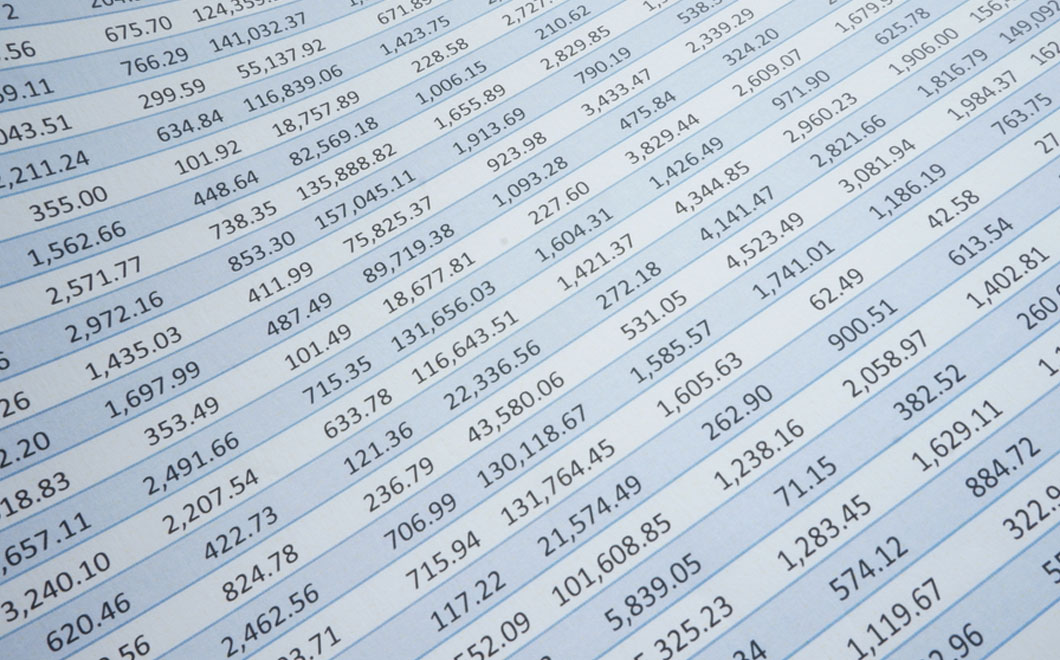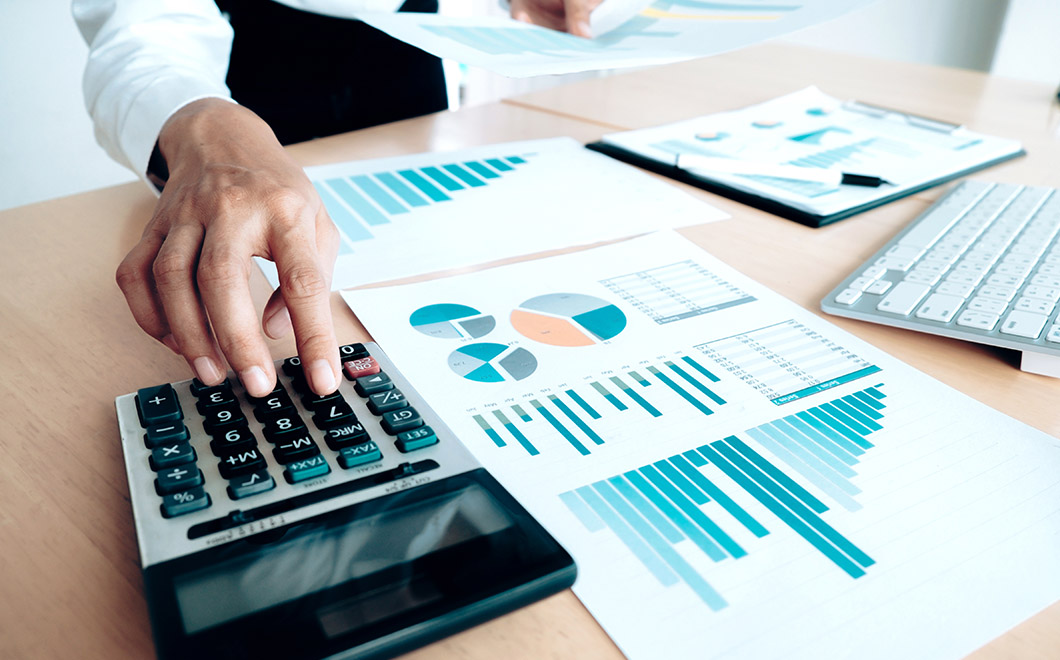You may have heard your bookkeeper talk about the Chart of Accounts. Although you may not fully understand what the Chart of Accounts is, you probably picked up on the fact that this is something important in the accounting world given how often it is mentioned by your bookkeeper ?. Let me give you a brief overview to help you get a better understanding of the Chart of Accounts as well as its relationship to you and your business.
The Chart of Account (COA) is listing of all the accounts in your accounting system. Typically, there is a number and a name for each financial account. We bookkeepers even memorize these numbers! The COA is the backbone of every accounting system and needs to be adjusted to your particular business. The COA of a retail store will look different from a COA for a consulting firm. The accounts need to make sense for your transactions.
The Chart of Account (COA) is a list of all the accounts in your accounting system. It is the backbone of an accounting system.
Although the details of a COA will vary based on your business type, there are some general rules for its setup and how account numbers are used.

Account numbers that start with 1000 and go to 1999 are for asset accounts.
We reserve the 1000s for asset accounts. Assets include cash, accounts receivable, investments, inventory, equipment, and vehicles.
Account numbers that start with 2000 and go to 2999 are your liability accounts.
Accounts Payables, Credit card payables, loans, and debts are categorized in the liability accounts.
Accounts 3000-3999 are the equity accounts.
Equity accounts represent the amounts invested by the owner into the company as well as the withdrawals from the company by the owner. Common shares, dividends paid, and retained earnings fall into this category.

Account numbers 4000-4999 represent your revenues.
There may be multiple revenue streams, depending on your business. Examples of revenues are:
Sales, Interest Earned, Fees Charged, Commissions Received, etc.
Account numbers 5000-6999 are used for cost of goods sold and expenses.
This is where all your business expenses are categorized. While cost of goods sold are directly related to the revenue being generated, expenses are the costs of creating these goods and running your business. Rent, office supplies, wages, automotive expenses, etc. all fall into this category.
The Chart of Accounts is adjusted to your needs. Review your income statement and balance sheet and ask yourself:
1. Does it show sufficient detail?
2. Do I want to break down certain expenses into more categories?
3. Do I need to know how each revenue stream is performing?
Then bring your answers (and any other questions) to me, your trusty bookkeeper. Together, we can tweak your COA so you always have a real-time understanding of your business cost and profits. Give me a call today!







